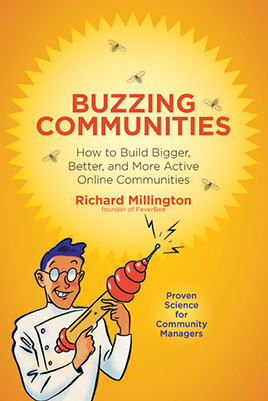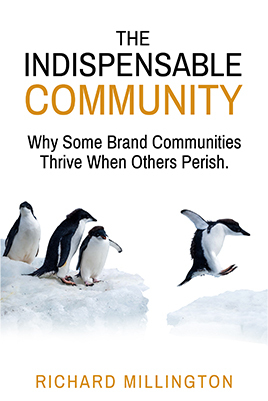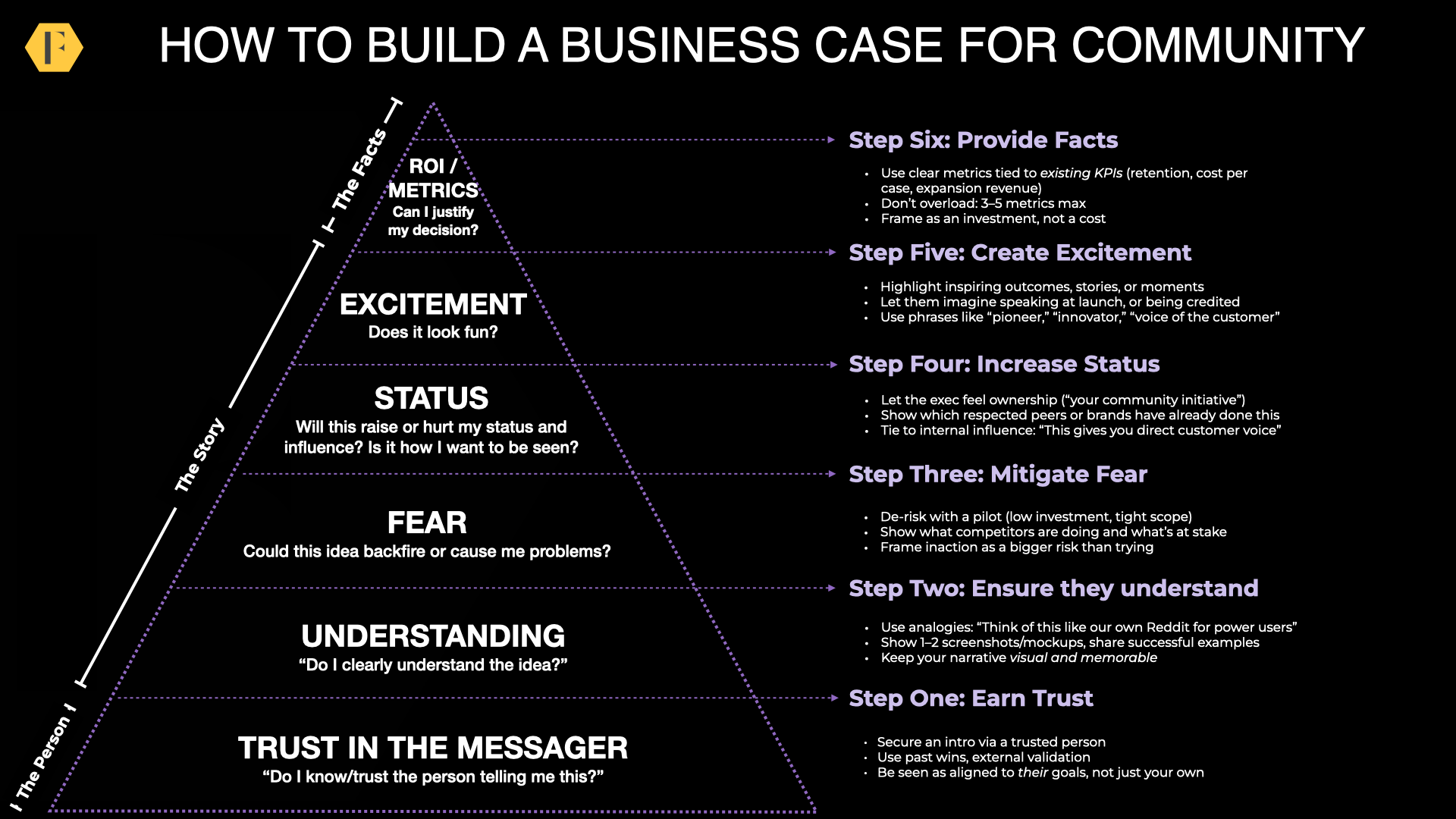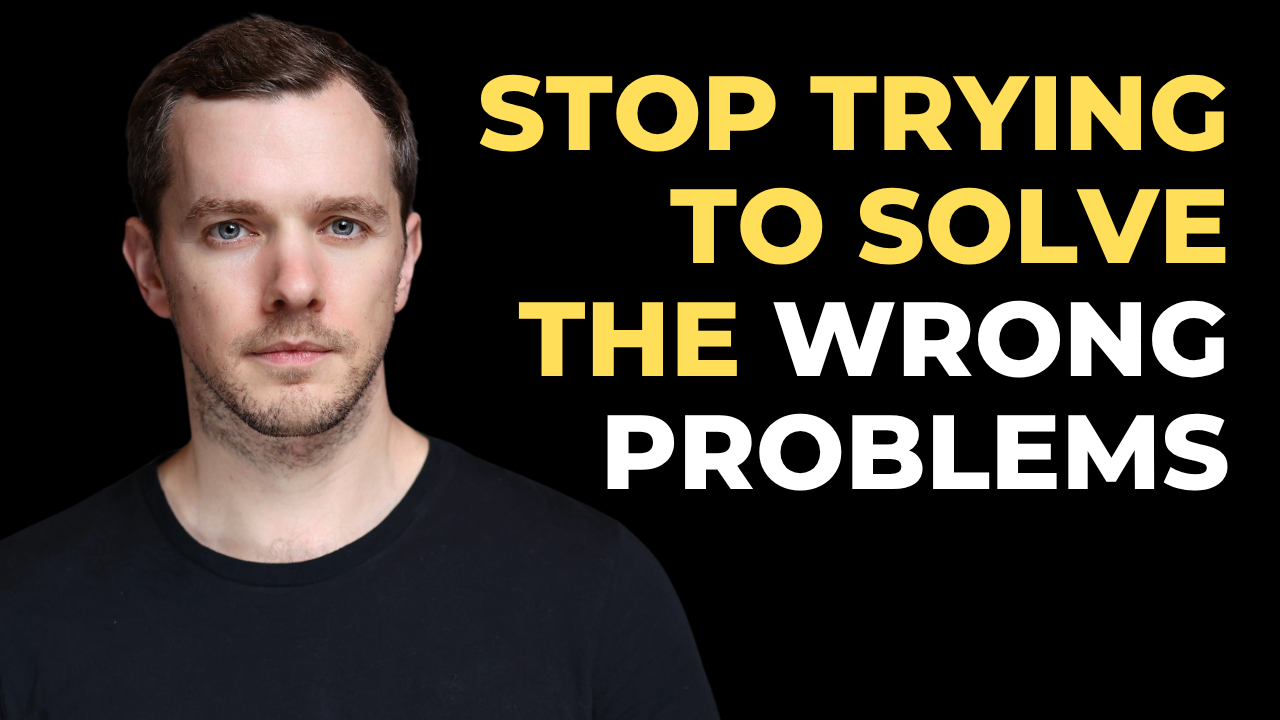We’re passionate about measuring the ROI of communities.
If an organization is investing in a community, they deserve to know what they’re getting for their money. When we
help an organization boost it’s ROI, we like to be able to prove it.
The most common objections to measuringthis ROI are
1) You can’t measure everything
2) it’s not about ROI
The first is right, but you can still be accurate. The second is misguided (what does engagement eventually lead to if not greater profits?).
There are a few techniques that can really help here.
1)Measure the increase since joining the community.
You can’t compare the spending habits of members to non-members.
Those that decide to join a community are already likely to be your best and most passionate supporters. You need to benchmark buying habits of members when they join the community and then 6 to 12 months later. This shows what possible influence the community has had on their behavior. If members (on average) spent $35 a year when they joined the community and now spend $55 per year. That’s $20 per year increase.
2)Non-members as a control group.
When Apple releases the iPhone 5, millions of people will spend more on Apple products. You can’t attribute that to the community. To remove this, you need to use non-members as a control group (we’re abusing science a little here).
Track the buying habits of non-members and remove any increase in spending from what you’re measuring. This gives you an amount that is attributable to the community. If the average customer (non-member) spending rose from $25 to $35,
that removes $10 from the above figure.
3)Survey religiously.
This is your secret weapon. You can’t track every purchase from every member (unless e-mail accounts are used to purchase the service and join the community). You need to survey the buying habits of your members. Not all members, but specific samples at certain times. This won’t give you an exact figure, but it will give you an accurate figure. You really want to know the value per active member – then you can multiply by the number of active members.
4)Multiply by years.
If community members, on average, spend $10 per year attributable to the community, and you have 50,000 active members, that’s $500,000 per year. Multiply that by the year (and number of active members for each
year) and you get a very accurate projection of future benefits of the community.
We have 2 places remaining on The Pillar Summit
– Advanced Community Strategy course. If you’re fascinated by measurement, ROI, strategy, scaling, and social theory, you might like to sign up: www.pillarsummit.com/apply





